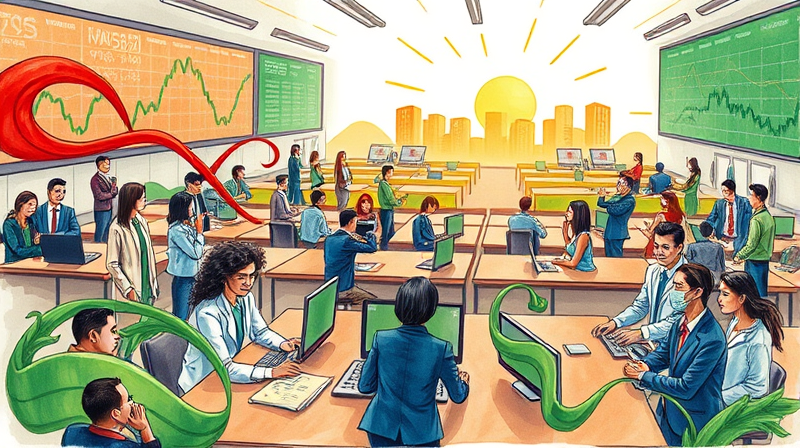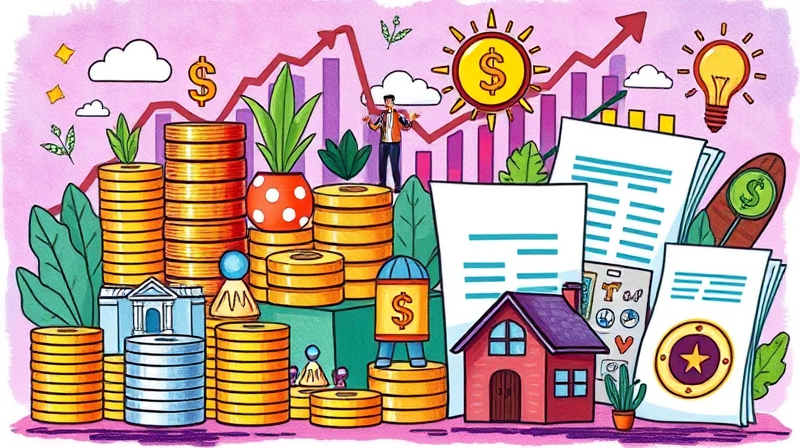
After a tumultuous spring marked by sharp swings and widespread uncertainty, the CBOE Volatility Index (VIX) has begun a steady retreat. The once-dominant fear gauge of global markets is now signaling a renewed sense of calm, offering investors a chance to recalibrate with confidence.
In early 2025, the financial world witnessed a dramatic spike in market turbulence not seen since the height of the pandemic panic. On April 8, the VIX closed at a staggering 52, marking only the fourth time in modern history it eclipsed the 50 level. Markets reeled under the weight of new U.S. tariffs, faltering trade negotiations, and unsettled macroeconomic indicators.
That surge was fueled by several intertwined factors:
The spike was acute and swift: on April 4 alone, the VIX leapt 50% in a single session, as collapsing Treasury yields and algorithmic trading exacerbated price swings. Investors scrambled for safety, driving the S&P 500 and broader indices into a short-lived slump.
By late April and into May, cracks appeared in the panic. The VIX’s spring average settled at 27.5—still above its long-term norm of 19–20 but far removed from peak levels. This shift reflected a convergence of stabilizing influences:
Institutional flows into short-dated volatility strategies and 0DTE options helped dampen further spikes. Even JPMorgan’s more conservative VIX forecast of 16 for 2025 was tempered by this complex technical interplay, leading to a more moderate trading range.
Meanwhile, the S&P 500 rebounded from its lows, showcasing the resilience of capital markets when panic subsides and fundamentals reassert themselves.
This historical comparison reminds us that volatility, though often alarming in the moment, tends to follow a cycle: surge, panic, stabilization, and recovery.
With the VIX now on the decline, investors face a crossroads. The choice lies between succumbing to residual fears or embracing a long-term strategic vision. Here are practical steps to navigate the next phase:
Investors who blend discipline with adaptability stand to benefit as markets normalize. A focus on fundamentals—corporate earnings trends, economic indicators, and policy trajectories—will anchor decisions and foster resilient portfolio construction.
Volatility is more than a metric; it reflects collective sentiment and risk perception. When tension peaks, markets test the resolve of every participant. Yet, just as panic can grip the system, so too can calm return when clarity prevails.
Today’s retreat of the VIX offers more than relief; it delivers a powerful reminder that uncertainty is transient and that steady hands can navigate even the most turbulent waters. By recognizing volatility’s cyclical nature, investors can transform apprehension into opportunity, emerging stronger and more confident in their long-term pursuits.
As the fear gauge recedes and stability takes hold, the path forward lies in thoughtful preparation. Armed with lessons from the past and an unwavering focus on enduring value, you can chart a course through any market storm—ready to capitalize on the horizons of tomorrow.
References













